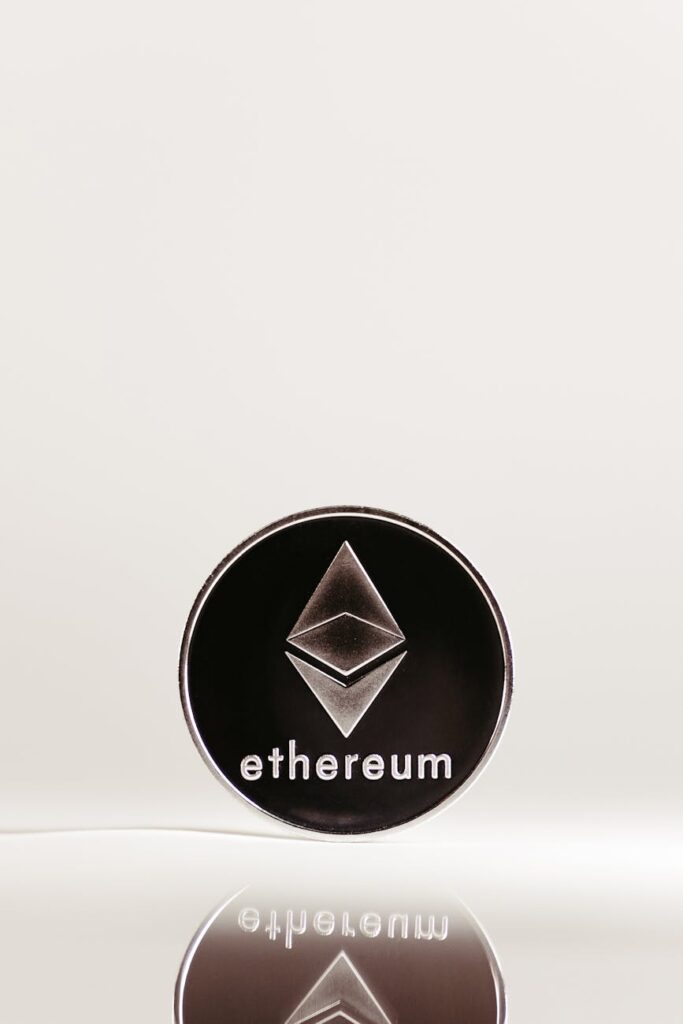How to Earn by Providing Liquidity for Real-World Asset Tokens
The world of decentralized finance (DeFi) is constantly evolving, offering exciting new avenues for generating passive income. One such avenue is providing liquidity for real-world asset (RWA) tokens. Imagine earning interest on assets like real estate, art, or commodities – all without the traditional hurdles of direct ownership. This article dives deep into the exciting world of RWA token liquidity, explaining how you can participate and benefit.
What are Real-World Asset Tokens?
Before we jump into the mechanics of liquidity provision, let’s clarify what RWA tokens are. These tokens represent ownership of real-world assets, brought onto the blockchain. Think of it as a digital bridge between tangible assets and the decentralized world. This tokenization process unlocks fractional ownership and greater accessibility for investors.
Examples of Real-World Assets:
- Real Estate
- Fine Art
- Commodities (Gold, Silver, etc.)
- Luxury Goods
- Intellectual Property
Why Provide Liquidity for RWA Tokens?
Providing liquidity means making your tokens available for trading on decentralized exchanges (DEXs). This is crucial for a healthy market and, importantly, offers several benefits for liquidity providers:
Earning Trading Fees:
Every time someone trades the RWA token pair you’ve provided liquidity for, you earn a small fee. These fees can accumulate significantly, especially in active markets.
Yield Farming Opportunities:
Many platforms offer additional rewards for liquidity providers, often in the form of governance tokens or other incentives. This can significantly boost your overall returns.
Exposure to Diversified Assets:
RWA tokens allow you to gain exposure to diverse asset classes without directly owning them. This can be a valuable tool for portfolio diversification.
Getting Started: A Step-by-Step Guide
1. Choose a Platform:
Research various platforms that support RWA token liquidity. Consider factors like security, fees, and the range of available assets. Some popular platforms include [mention a few examples if available].
2. Select Your RWA Token Pair:
Decide which RWA token you want to provide liquidity for. Research the underlying asset, its potential for growth, and the associated risks.
3. Connect Your Wallet:
Connect a compatible cryptocurrency wallet to the platform. Make sure your wallet holds the necessary tokens for the liquidity pair (e.g., the RWA token and a stablecoin like USDC).
4. Provide Liquidity:
Follow the platform’s instructions to add your tokens to the liquidity pool. You’ll typically specify the amount of each token you want to contribute.
5. Monitor Your Position:
Keep track of your liquidity position, including your earned fees and the overall market conditions. Be prepared to adjust your strategy as needed.
Understanding the Risks
While providing liquidity can be lucrative, it’s important to be aware of the risks:
Impermanent Loss:
This occurs when the price of one token in the pair changes significantly relative to the other. You might end up with less value than if you had simply held the tokens.
Smart Contract Risks:
DeFi platforms rely on smart contracts, which can be vulnerable to bugs or exploits. Choose reputable platforms with audited contracts.
Market Volatility:
RWA token prices can fluctuate, impacting your returns. Be prepared for potential price swings.
Tips for Success
- Start small: Begin with a small amount of capital to gain experience and understand the dynamics of liquidity provision.
- Diversify your liquidity: Spread your capital across multiple RWA token pairs to mitigate risk.
- Stay informed: Keep up with market trends and news related to the specific RWA tokens you’re invested in.
- Research platforms thoroughly: Choose platforms with strong security measures and a proven track record.
The Future of RWA Token Liquidity
The RWA token space is still relatively young but holds immense potential. As more real-world assets are tokenized and brought onto the blockchain, the opportunities for liquidity providers will only grow. By understanding the mechanics and risks involved, you can position yourself to benefit from this exciting development in the DeFi landscape.

Disclaimer: This article is for informational purposes only and does not constitute financial advice. Always conduct your own research and consult with a financial advisor before making any investment decisions.


